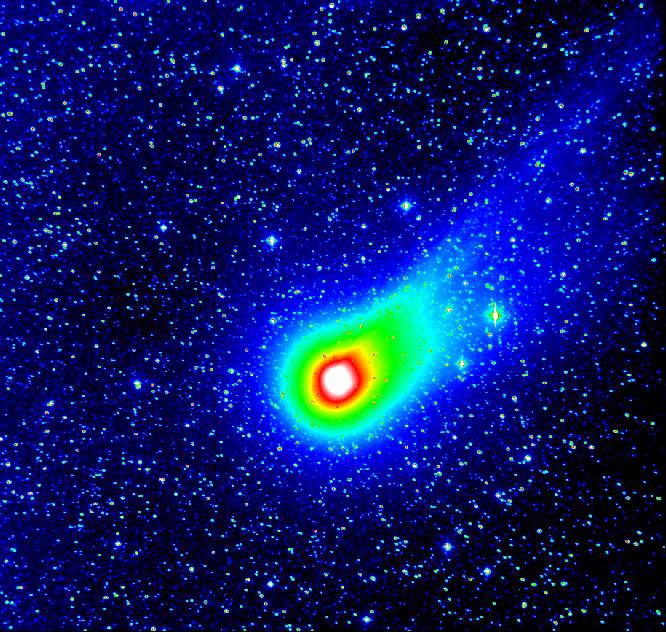Comet Swift-Tuttle: The Icy Parent of the Perseid Meteor Shower
http://www.space.com/33677-comet-swift-tuttle-perseid-meteor-shower-source.html
The spectacular Perseid meteor shower, peaking Thursday night (Aug. 11–12), lights up Earth's sky every summer as
Earth passes through the trail left by Comet Swift-Tuttle, a miles-wide behemoth that swings by Earth every 133 years.
Swift-Tuttle, whose nucleus is 16 miles (26 kilometers) wide, is the largest solar system object to pass close to Earth
repeatedly, NASA has said, and researchers once thought it was likely to hit Earth in 2126 — but the last time it passed
Earth, in 1992, astronomers took more precise measurements and calculated that its next pass wouldn't be so dangerous
after all.
